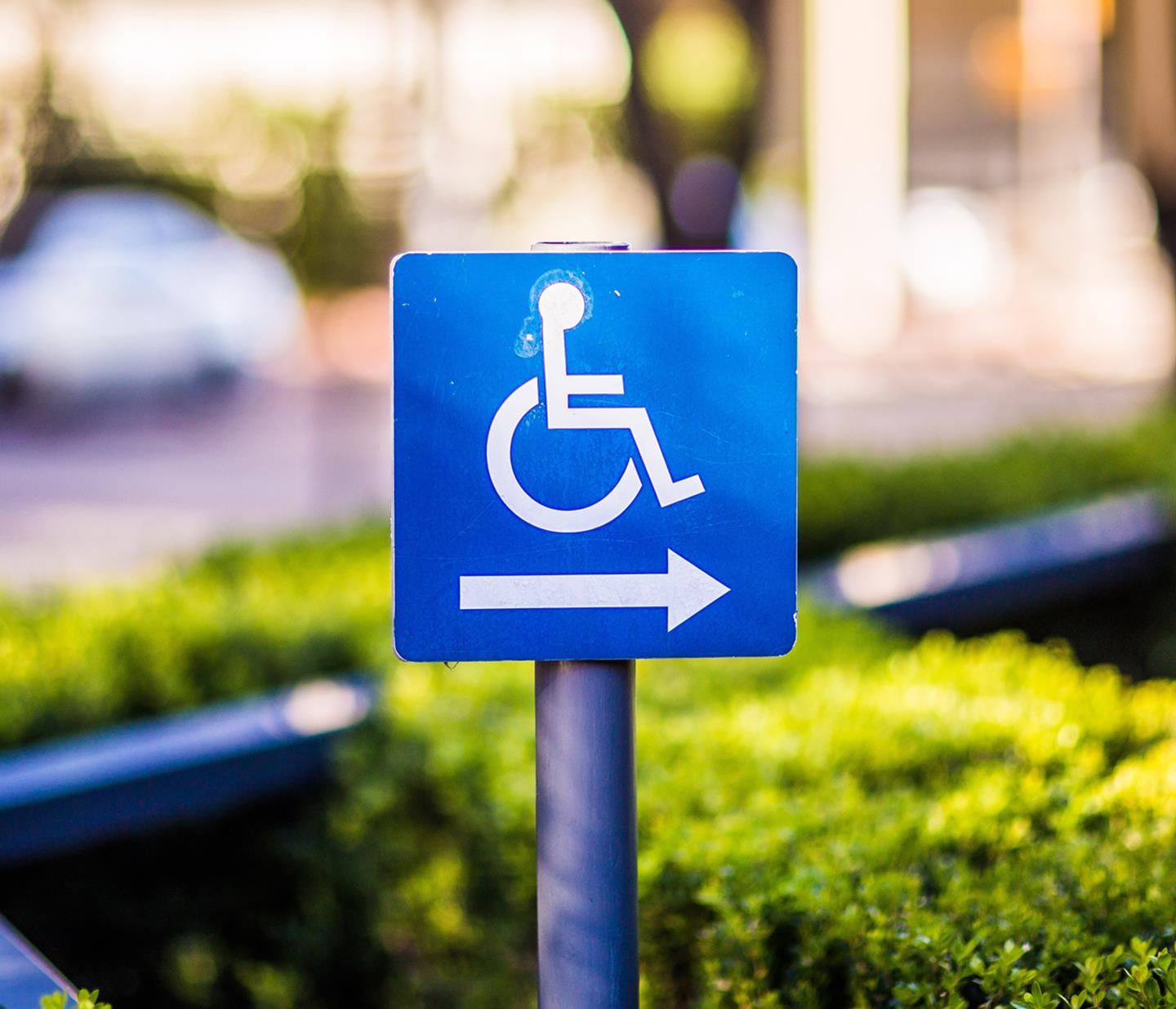Disability in the workplace: Do we know (and notice) what needs to be done?

The chosen theme for the day this year is for those living with disability, to feel more empowered to take control of their development. A sense of empowerment generally is supposed to be a key feature of the modern, diverse workforce and yet the UN estimates that at least half of disabled people of working age are unemployed across industrialised countries.
There is so much left to do. Benoit Montet, our international HR expert at the Top Employers Institute, recently called in an article for the Financial Times for businesses to move beyond “visual diversity”. This is where employees are diverse (and themselves feel included and accepted) in one sense, but remain homogeneous in terms of similar ages and social background. And, in the same way, the ongoing absence in the workplace of so many of those living with disability sits very uneasily with the polished PR around well-intended disability initiatives.
There are reasons to be more optimistic about the future. Research among our 1,600 certified Top Employers globally shows that 2 in 5 (40%) now have disability disclosure programmes, which allow employees to be integrated more effectively into the workplace. This is vital at every stage of the employee lifecycle. As job candidates, those living with a disability need to feel able to disclose clearly and openly without fear of discrimination. And once on board, the new recruit needs to feel a sense of empowerment, in the same way as everyone else.
We were really impressed recently by one retail business in France, who is taking the matter of disability seriously. The organisation created an internal network on disability and appointed voluntary ambassadors to cascade communication, help new disabled employees with onboarding, implement local initiatives and raise awareness of disability needs across the organisation.
For many other businesses, sadly, the development challenge for those living with disability too often reveals a training programme with shortcomings. For most, there is still a gap between business needs and the provision of appropriate training for disabled employees. And while businesses are moving in the right direction when it comes to employees with physical disabilities, a lot of work is still needed around non-visible challenges, particularly around mental health.
So while it is right to celebrate progress made on the 3rd December, no one should be in any doubt that there is still much left to do.
More than 1 600 Top Employers around the world.




